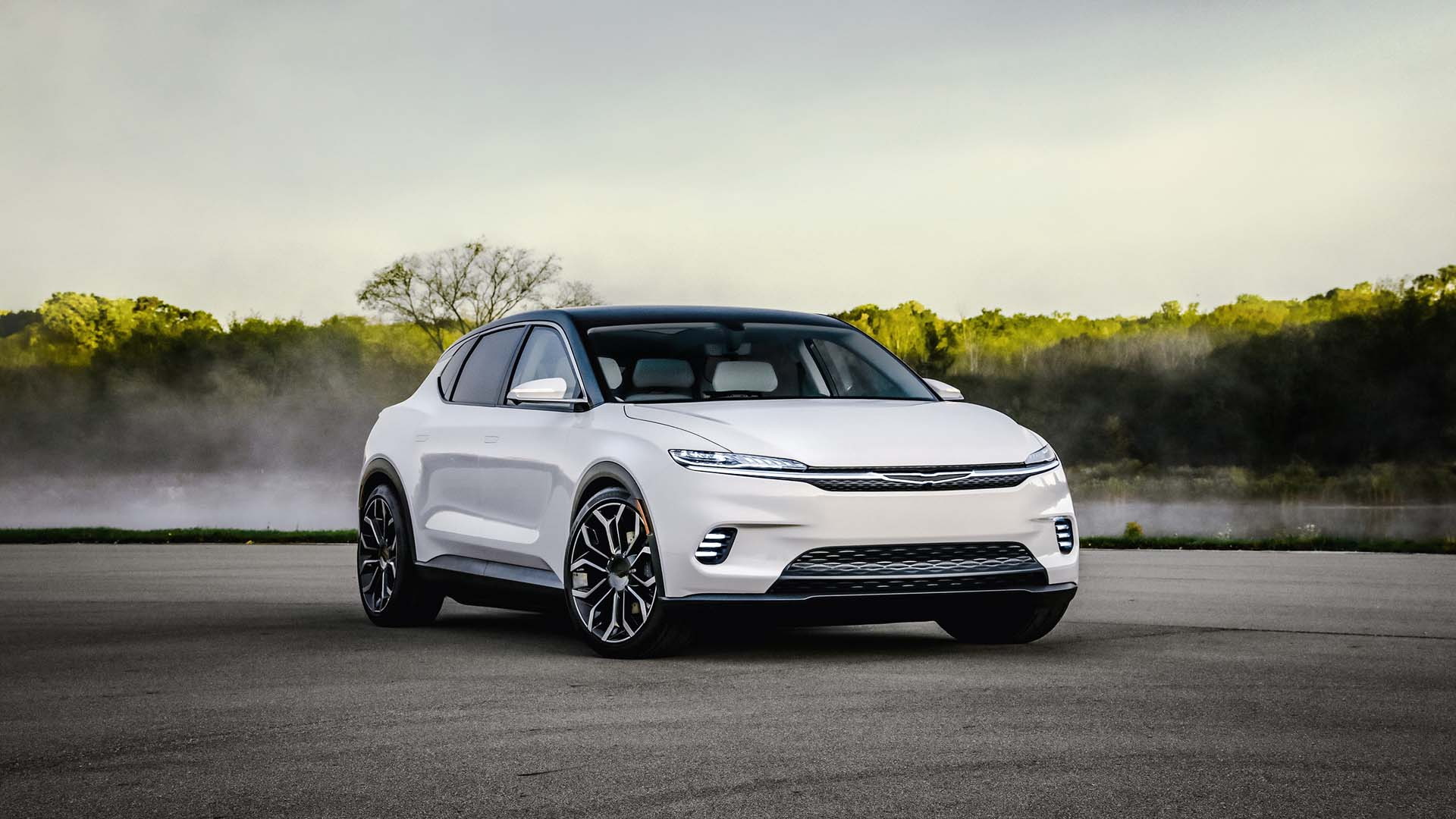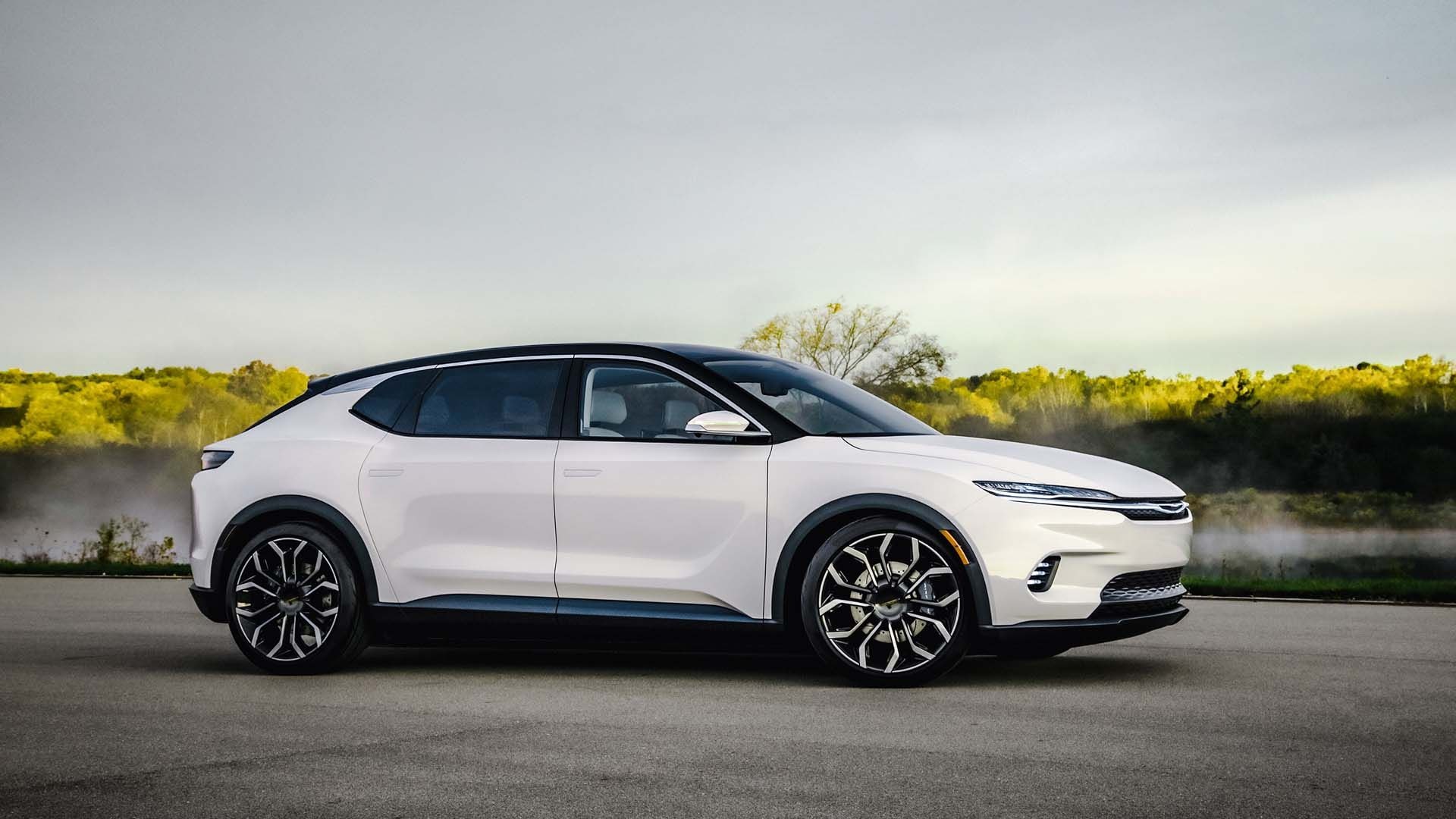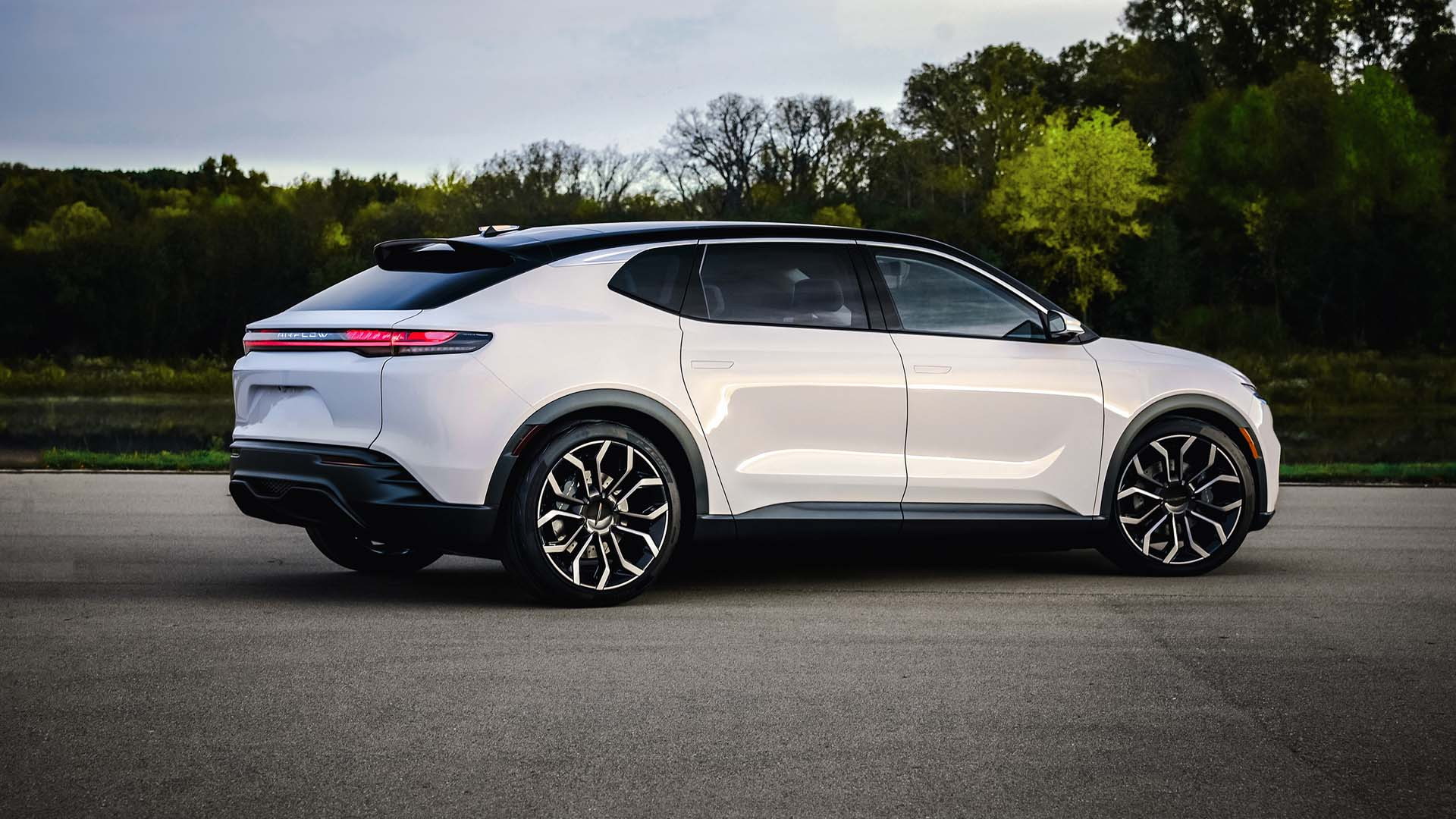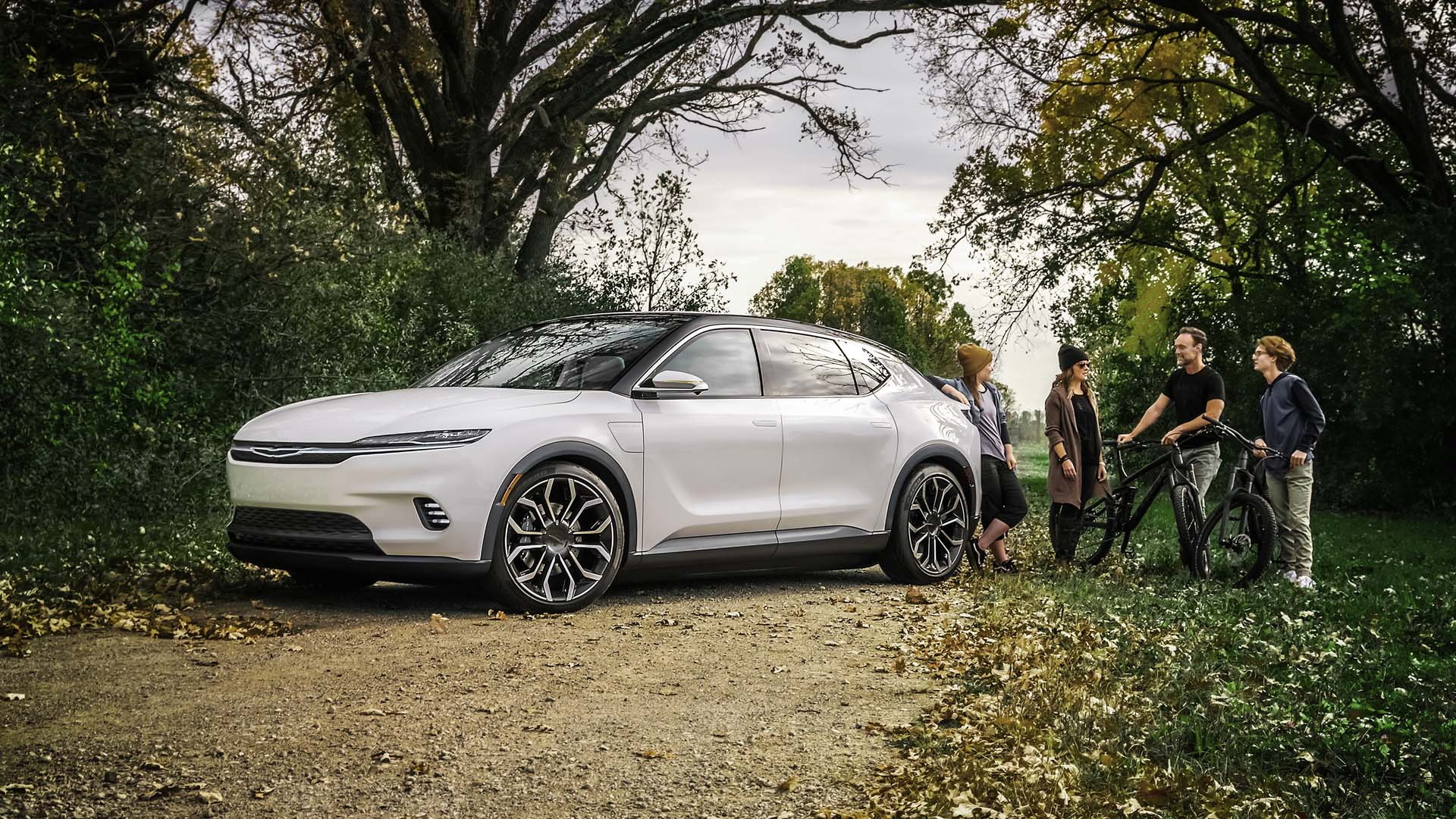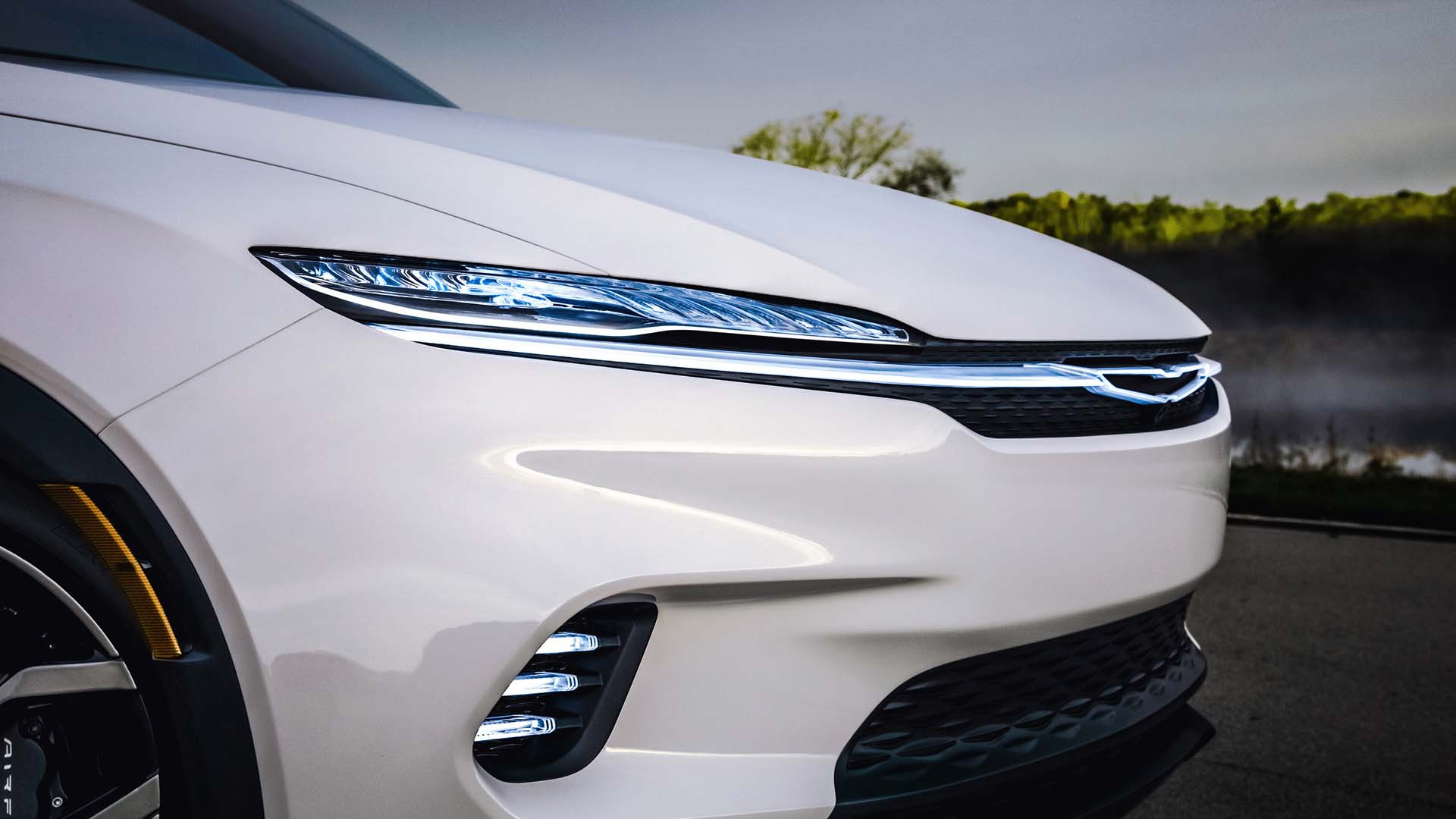Pontiac. Mercury. Oldsmobile. It seemed that Chrysler was headed for the same fate as these other ill-fated legacy American brands, but the company with the winged logo is looking to take flight again as the electric vehicle emissary for Stellantis.
And that has given Chrysler new life.
At the 2022 Consumer Electronics Showcase, Chrysler unveiled the first step of its new direction with the Airflow concept. Although the company insists that this is just a concept, without production intent, it’s hard to believe given how production-ready it appears—at least through company pictures and virtual-conferencing tools. Although it looks like it could roll off the line today, we will just have to wait until closer to 2025 when the first Chrysler BEV will launch.
Following the debut, we spoke with Stellantis CTO Ned Curic and Chrysler brand CEO Chris Feuell to glean some more information on the Airflow and Stellantis’ overall electric vehicle strategy moving forward.
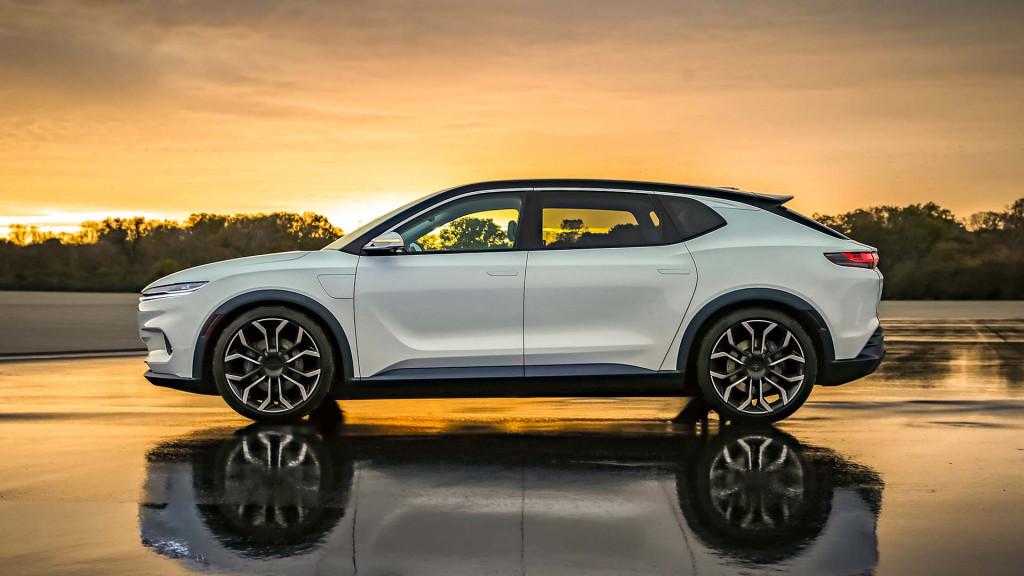
Chrysler Airflow concept
Chrysler, reborn
Chrysler has committed to bringing a new electric model to the brand by 2025, and make the brand fully electric by 2028. The choice to revive Chrysler in this way is an interesting one, given the way that the brand was neglected as its models slowly lapsed away leaving only the 300 large sedan and the Pacifica minivan standing.
But Stellantis considers the brand to be an “icon in American car history,” according to Curic, “I truly believe we have an opportunity to reinvent what Chrysler stands for.”
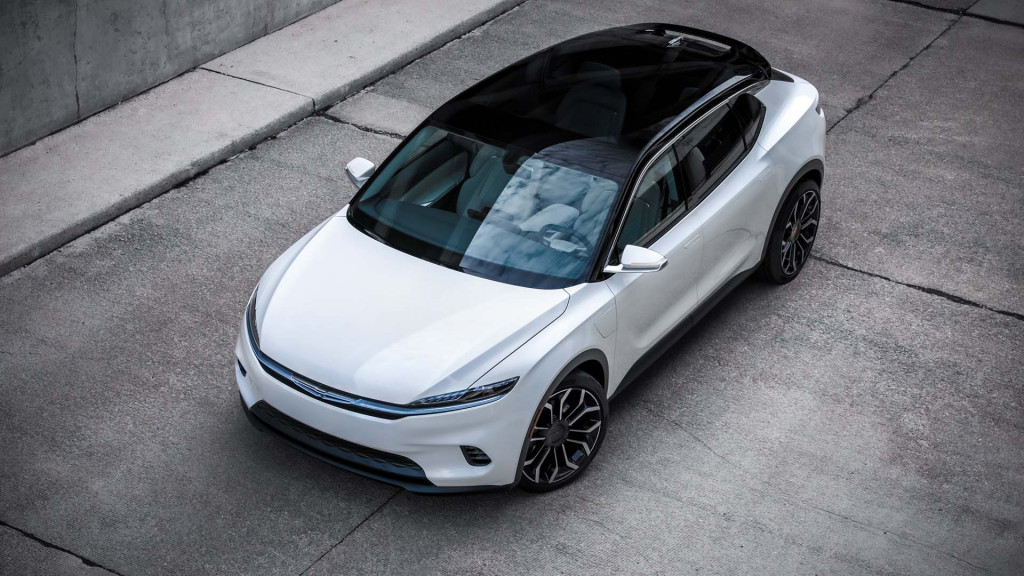
Chrysler Airflow concept
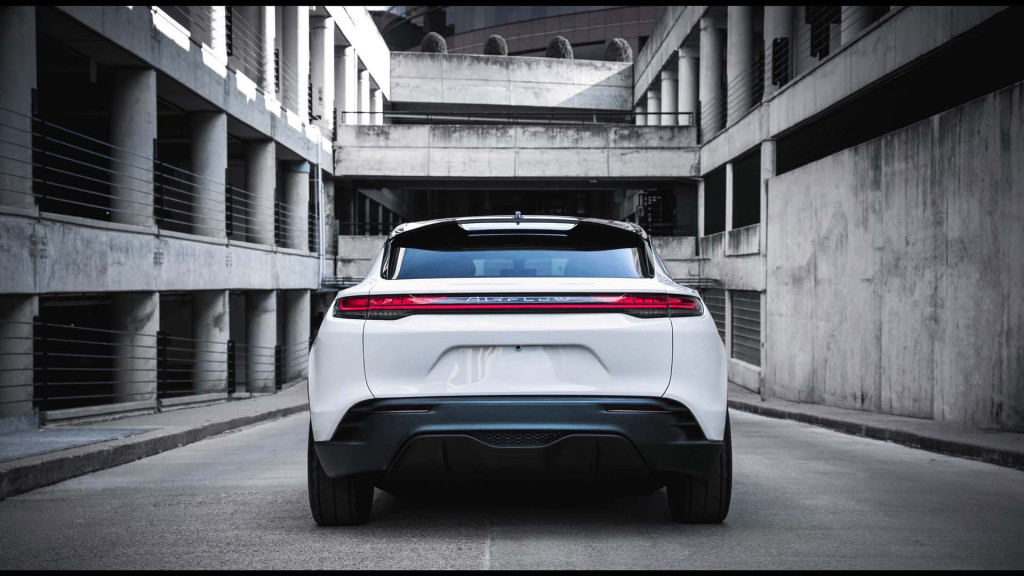
Chrysler Airflow concept
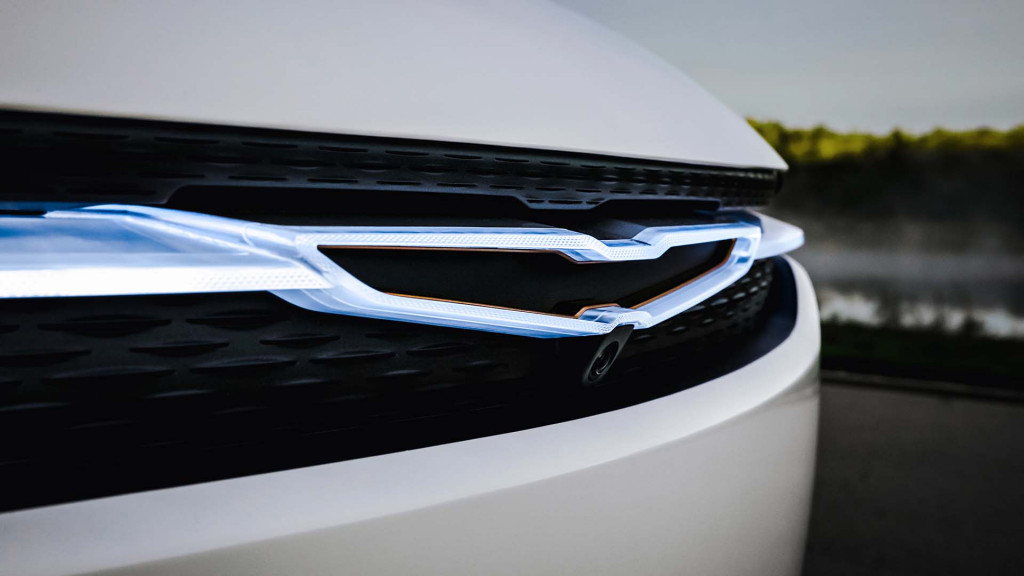
Chrysler Airflow concept
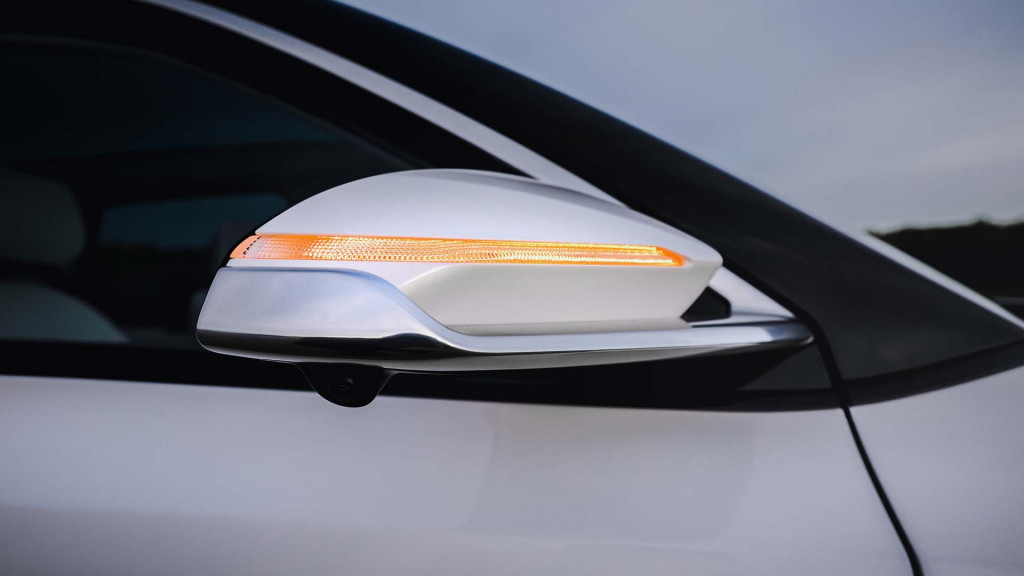
Chrysler Airflow concept
Future vehicle, present design
Feuell says that the choice to make the Airflow’s design grounded in the present was intentional, to make it feel more aspirational than futuristic. Though she did say that the concept was “an example of where Chrysler is going in the future” and hinted that production designs may end up looking more futuristic than the concept in an interesting twist. The Airflow was designed in the U.S. by Ralph Gilles, without input from abroad or any of Stellantis’ other 13 brands.
It remains to be seen if the Airflow name will carry onto a production vehicle. Feuell said that Chrysler didn’t intend to use it that way, but positive feedback has pushed it into consideration.
Yes, another SUV
Feuell confirmed that the Airflow is considered a “utility vehicle” by Chrysler and that it’s underpinned by Stellantis’ STLA large platform, one of four BEV platforms that the company is planning to use to underpin its electric vehicles going forward around the world. This platform was meant for “AWD performance and American muscle” according to the company’s announcement earlier this year, matching the Airflow’s dual-motor setup with a targeted 350-400 miles of range. A Dodge muscle-car concept on the same platform, expected to be built on the same platform, is due later this year.
Chrysler declined to offer official dimensions or specs on the Airflow, but I did ask Feuell to stand next to the concept during our video interview and she obliged. It stands much taller in person than its photographs would suggest, looking similar in size to the Ford Mustang Mach-E and Hyundai Ioniq 5.
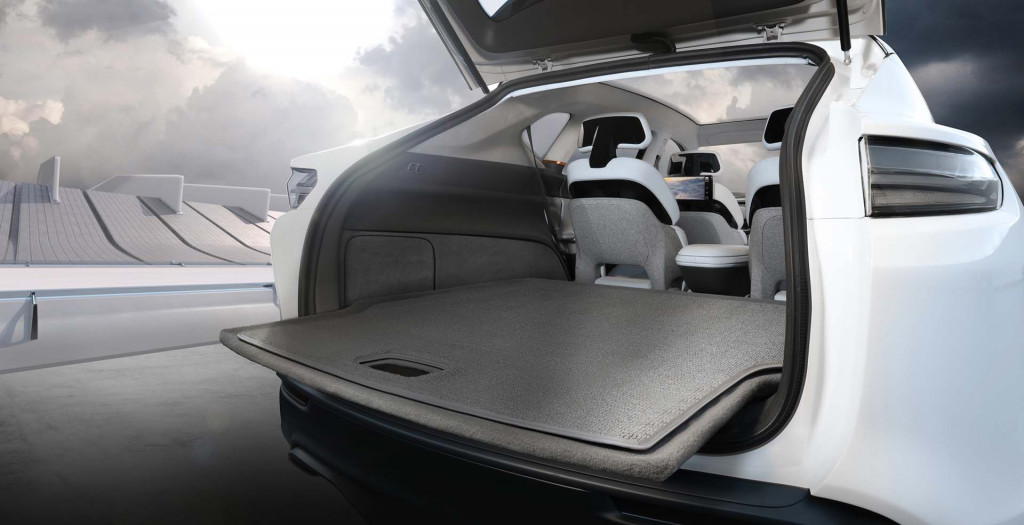
Chrysler Airflow concept
Screens are cool, shelves are cooler
Curic also said that part of the goal of the Airflow’s infotainment was to “bring in technology to connect the home, the car, and the places where I go.” And that connection involves adding cameras to each seat so the passengers can participate in video conferences. That will cost some people the “I’m driving” excuse to get out of Zoom meetings, too bad.
Though each individual screen is meant to give occupants their own ecosystem, passengers will be able to swipe content from one screen to another. The look is more subdued than what’s seen on the Mercedes-Benz EQS and its hyperscreen and that was intentional. Curic says that cars today are trending towards being too busy and “the digital noise needs to be tempered down and that’s what we’re bringing: connected, but in the background.”
Beyond the screens, a feature that caught my eye was a seemingly extended platform that spilled out of the liftgate. That is actually a mechanical shelf, which will extend out of the vehicle to make loading easier and then retract back into the cargo area afterwards.
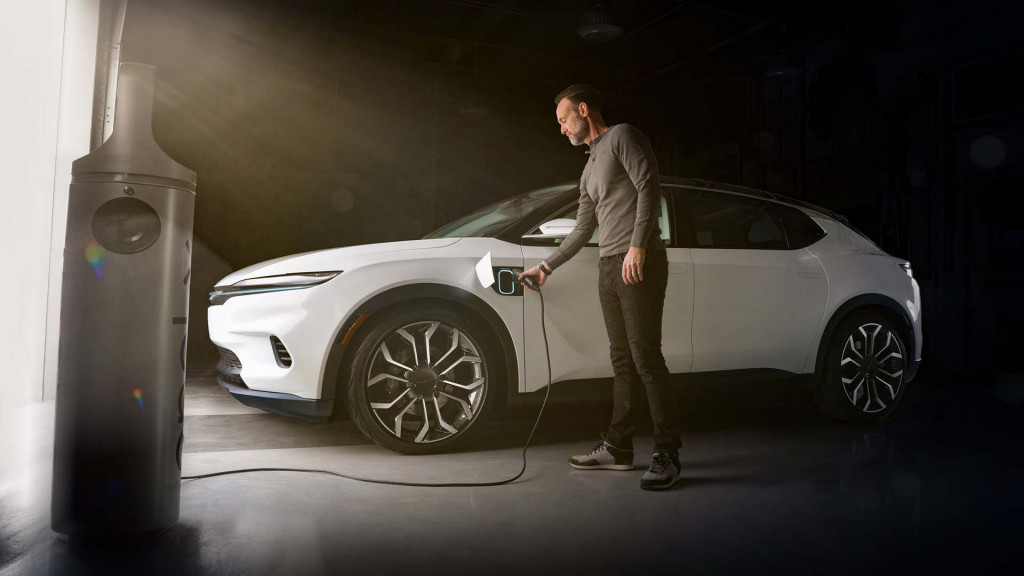
Chrysler Airflow concept
Power source unknown
Both Curic and Feuell declined to comment on the source of the batteries for the Airflow concept or future Chrysler products, but it’s a good bet that they will emerge from the partnership Stellantis is finalizing with LG. Curic hinted at that, saying recent events have illustrated that “putting the whole supply chain closer to where the car will be built makes sense.”
Chrysler’s supposed revival as a BEV flag-carrier could be yet another rebound for a brand that’s made repeated comebacks at times it looked headed for the history books. We still harbor some skepticism and it will take an announcement of something beyond a concept with no production intent to satiate it, but the hope of an electric Pacifica has us tickled enough for now.
